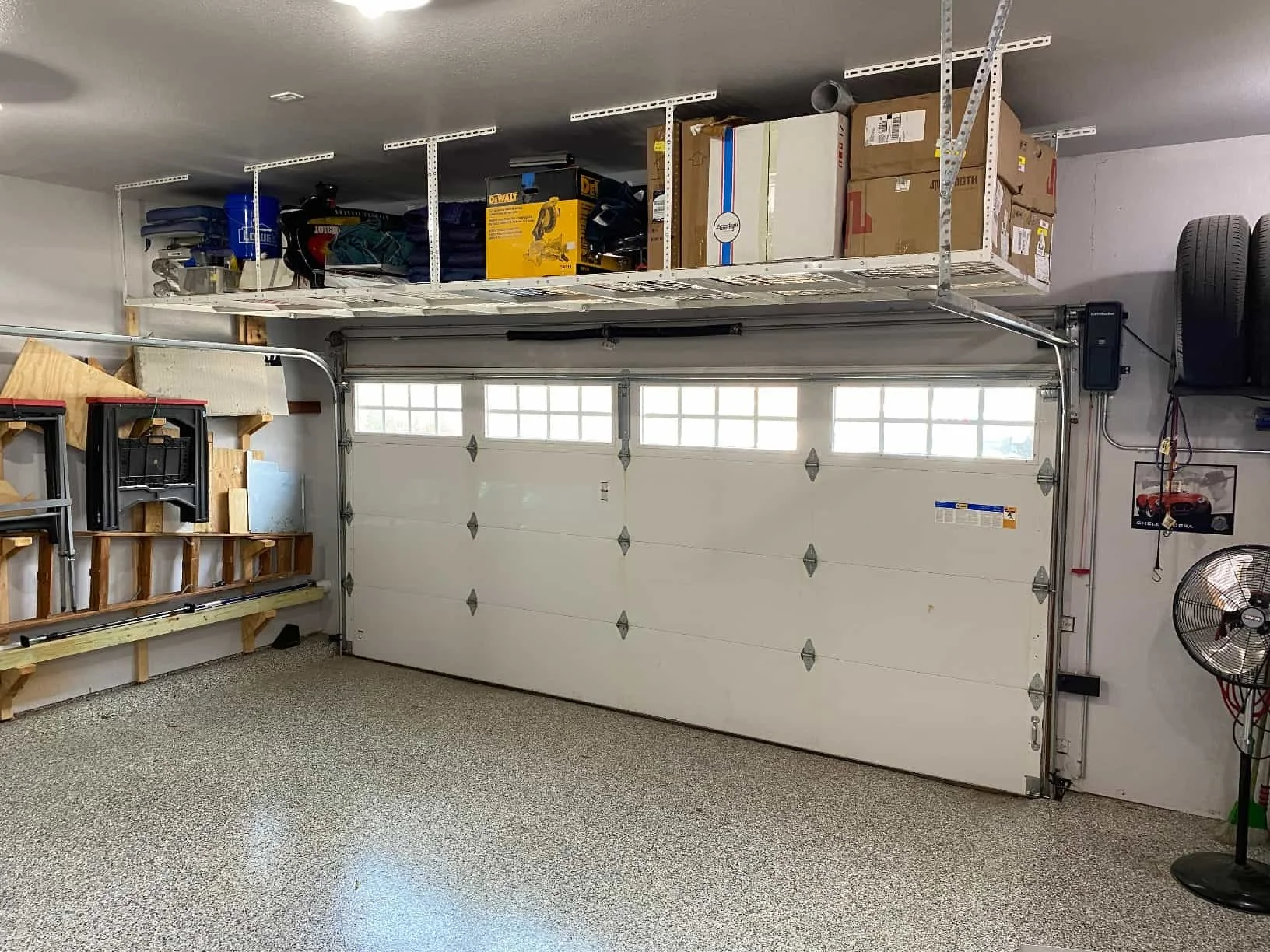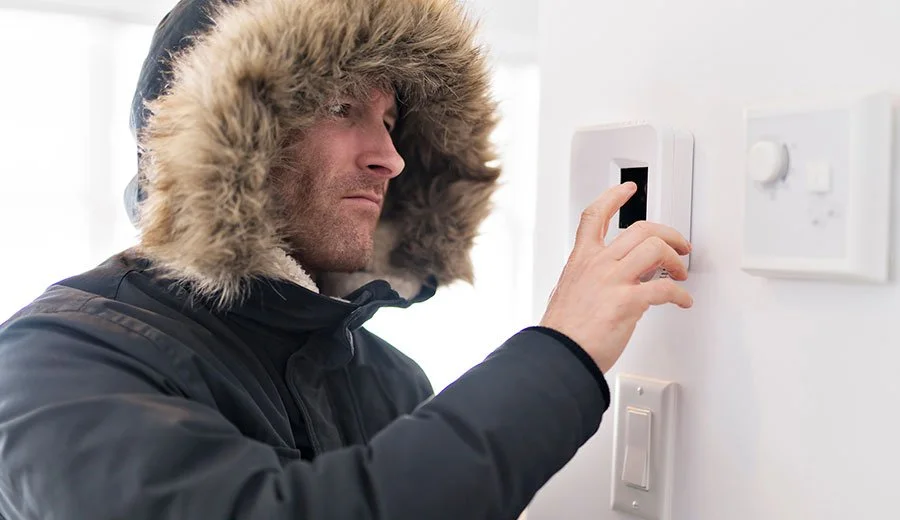Pros and Cons of Buying an As-Is Home
RH Business Marketing Solutions
While searching for a new house to purchase for yourself, you might have come across an "as-is" label on a few listed homes. This may sound like a red flag to you as a homebuyer, but it might not always mean it is.
There are plenty of reasons why people put their homes up for sale as "as-is", and not all of them mean that the deal is bad. Making sure to find out why the house owner is selling the house as-is is essential if you want to find a good deal. Let's discuss the topic of buying an as-is home in more detail.
What does it mean when a house is sold "as-is"?
This label indicates that something is wrong with the house. The house seller will most often state what the issues with the house are. However, there is also a chance of other problems with the house. And this can be something not even the owner knows about.
You can find a plethora of texts online about making your home more attractive when selling. Most of them involve minor fixes that do much for the house's curb appeal. However, some homeowners don't want to or simply can't invest in the necessary repairs. This is when they state that their house is being sold as-is.
The house is being sold in its current state with all its flaws. Some homeowners don't like repairing the property they just bought, while others see it as an opportunity. While the housing market usually involves a lot of haggling about the price, with as-is homes, it is usually a fixed 'take-it-or-leave-it' price.
Tips for buying an as-is house
When checking out such a house, you will need a proper inspection to identify all its issues. There are plenty of issues a house can have. Hiring professional help to inspect the house will give you a much better estimate of its value and stronger arguments for its price. Once everything is on paper, you can see whether the house is worth it.
Sometimes, the label "as-is" is only related to some parts of the house. And while most of the house may seem in good shape, some parts may not be. For example, there could be a problem with the garage, the basement, the roof, etc. In this case, the repair costs will be much lower or even negligible if the rest of the house is worth the price.
Nevertheless, homebuying is often quite time-demanding and stressful. On top of that, moving just adds another layer of worries. To ensure a comfortable experience before you move, consider preparing and labeling everything for the move. Reducing moving stress before the big day will help you think with a clearer head and be ready to settle into your new home.
The pros of buying an as-is home
So, what benefits do you get when buying a house not in top shape? Is it worth the price? The answer is – it depends. It most definitely can be an incredible deal if you find an affordable home with a few minor repairs needed.
The house will be cheaper than everything else you'll find on the market that is in top shape. In addition, the transaction will go much quicker. The negotiations over the contract details and the purchase agreement are fast, and you'll be able to get the house in a shorter time.
The experts at divinemoving.com say that another benefit of buying an as-is home is that you will be left with a better renovation budget. When purchasing a new home at a much higher price, you won't be left with enough funds to make any changes to the house. This way, with the as-is home, you can have a budget set for renovations.
As a bonus, the competition will be much lower. Unserious buyers will generally avoid as-is homes, leaving you without the worry that you will rush in your search. Additionally, the chances of someone entering a bidding duel with you or snatching the house right under your nose are much lower.
The cons of buying an as-is home
There might be some significant hidden issues with the house. Some of them might be hazardous to your health, even. Getting rid of such problems can come at a great money and time investment. A thorough home inspection is essential when considering buying such a house. Not only will it save you money, but also because it may potentially be bad for your health. Just imagine if you purchased a home, moved in, and discovered a mold problem in the basement or pests in one of the hidden corners of the room.
Another con is that the sellers will generally set a non-negotiable price. They won't be open to counter-offers or contract negotiations. Therefore, the price you see will most often remain as such. Many house owners do this to filter away the buyers who are not serious about purchasing the house. They want to sell their home as soon as possible, hence why they posted it on the market "as-is" in the first place.
Final thoughts
An as-is house can be a great find with a bit of luck. What is most important is to ask as many questions about the place as possible. It would be best to have it inspected thoroughly for all the flaws. The house may have some significant issues that require professional help to fix. Consider hiring a house inspector and a good buying agent. They will help you make the right decision and avoid losing money in the long run.
However, that is not usually the case. Some houses are in great shape for the most part, with only some features in an "as-is" state. Although the price might not be as flexible, you can get a house at a bargain and have a leftover budget for renovations. Now you know all the pros and cons of buying an as-is home.
Guest Contributor: Sophia Perry












